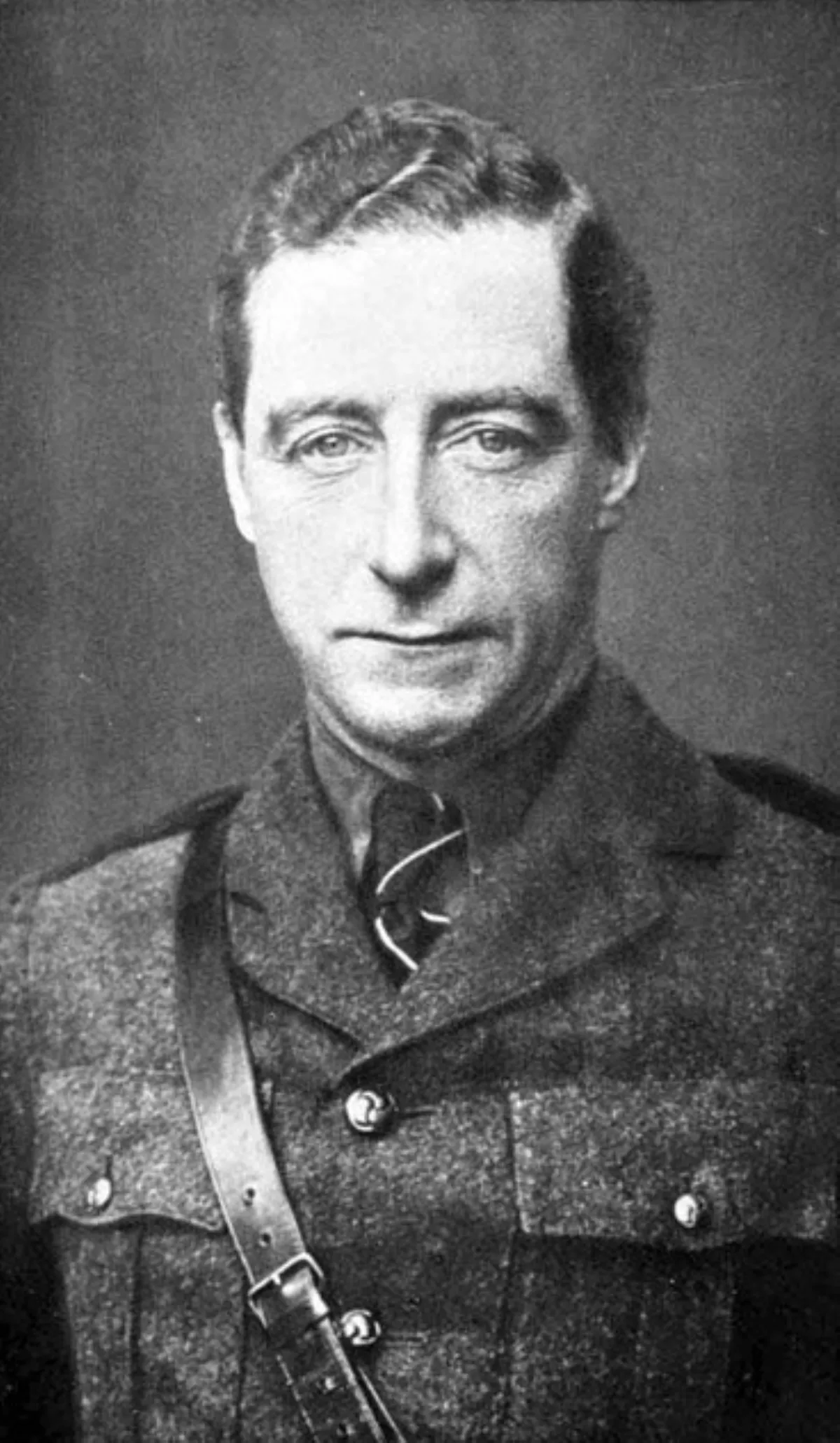 1.
1. Cathal Brugha served as a Teachta Dala from 1918 to 1922.

 1.
1. Cathal Brugha served as a Teachta Dala from 1918 to 1922.
Cathal Brugha was active in the Easter Rising, the Irish War of Independence and the Irish Civil War, and was the first Ceann Comhairle of Dail Eireann as well as the president of Dail Eireann, the then title of the head of government.
Cathal Brugha was the tenth child in a family of fourteen.
Cathal Brugha's father, Thomas, was a cabinet maker and antique dealer who had been disinherited by his family for marrying an Irish Catholic, Maryanne Flynn.
Cathal Brugha attended Colmcille Schools on Dominick Street until 1888 when he moved to Belvedere College.
Cathal Brugha had intended to study medicine but this did not come to fruition after his father's business failed in 1890.
Cathal Brugha was seen as an austere figure, not very different from Eamon de Valera, and was known not to smoke cigarettes, swear or drink alcohol.
Cathal Brugha met his future wife, Kathleen Kingston, at an Irish class in Birr, County Offaly, and they married in 1912 in the Church of Three Patrons in Rathgar.
Cathal Brugha became actively involved in the Irish Republican Brotherhood ; in 1913, he became a lieutenant in the Irish Volunteers.
Cathal Brugha led a group of twenty Volunteers to receive the arms smuggled into Ireland in the Howth gun-running of 1914.
In 1909 he and two of his workmates, Anthony and Vincent Lalor, founded Lalor Ltd, a candlemaking and church supplies firm based at 14 Lower Ormond Quay; Cathal Brugha became a director and travelling salesman.
Cathal Brugha was second-in-command at the South Dublin Union under Commandant Eamonn Ceannt in the Easter Rising of 1916.
Cathal Brugha recovered over the next year, but was left with a permanent limp.
Cathal Brugha was elected Ceann Comhairle of Dail Eireann at its first meeting on 21 January 1919, and he read out the Declaration of Independence in Irish, which ratified "the establishment of the Irish Republic".
Cathal Brugha retained this position until 1 April 1919, when Eamon de Valera took his place.
Cathal Brugha proposed a Republican constitution at the 1917 Sinn Fein convention, which was unanimously accepted.
All through the War of Independence, Cathal Brugha continued to run his business as a candle maker.
Cathal Brugha was elected as a Sinn Fein Member of Parliament for the County Waterford constituency at the 1918 general election.
Cathal Brugha had differences with Michael Collins, who, although nominally only the IRA's Director of Intelligence, had far more influence in the organisation as a result of his position as a high-ranking member of the IRB, an organisation that Brugha saw as undermining the power of the Dail and especially the Ministry for Defence.
Cathal Brugha opposed the oath of allegiance required for membership of the IRB; in 1919, his proposition that all Volunteers should swear allegiance to the Irish Republic and the Dail was adopted.
At a top-level IRA meeting in August 1920, Cathal Brugha argued against ambushes of Crown forces unless there was first a call to surrender, but it was dismissed as unrealistic by the brigade commanders present.
Cathal Brugha had the idea of moving the front line of the war to England, but was opposed by Collins.
Cathal Brugha worked to maintain strict rules of conduct for members of the army and for the treatment of prisoners.
On 7 January 1922, Cathal Brugha voted against the Anglo-Irish Treaty.
On 28 June 1922, Cathal Brugha was appointed commandant of the forces in O'Connell Street.
Cathal Brugha had been re-elected as an anti-Treaty TD at the 1922 general election but died before the Dail assembled.
Cathal Brugha is mentioned by name in "The Foggy Dew" with the lyrics:.
Cathal Brugha is mentioned in the song "Soldiers of '22" where the lyrics say:.